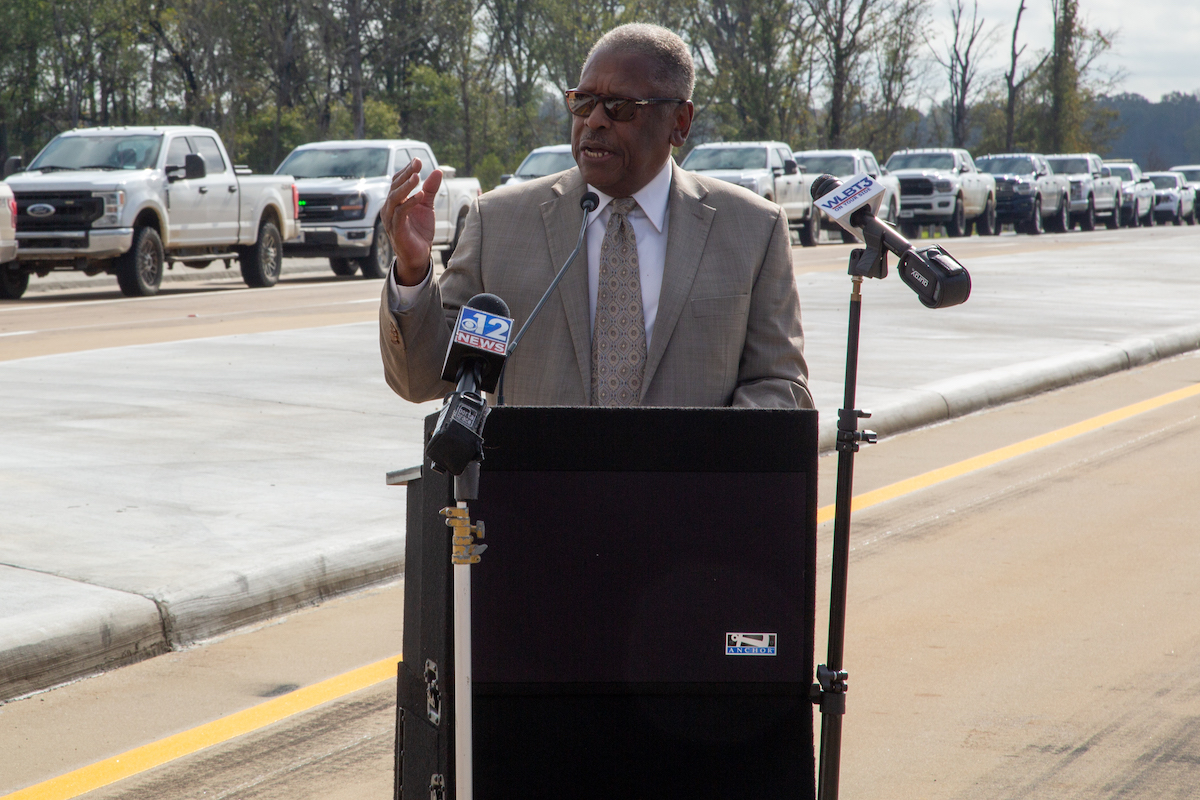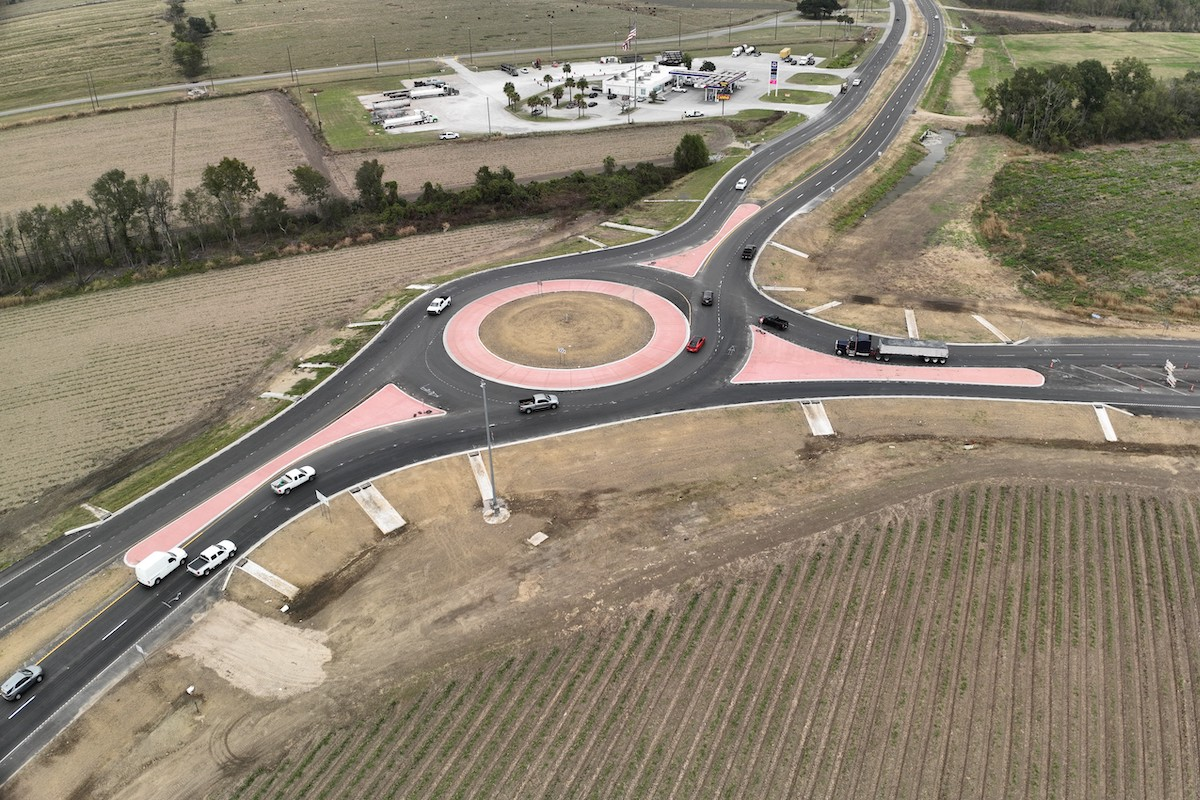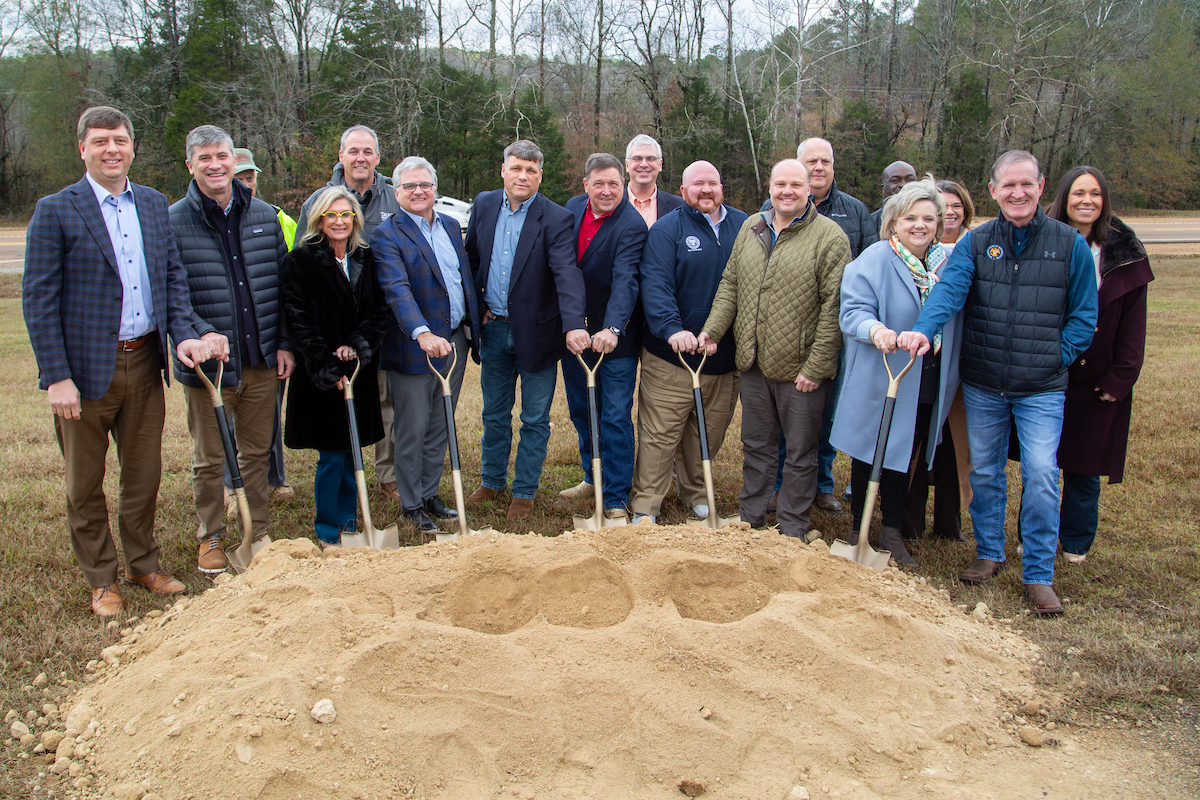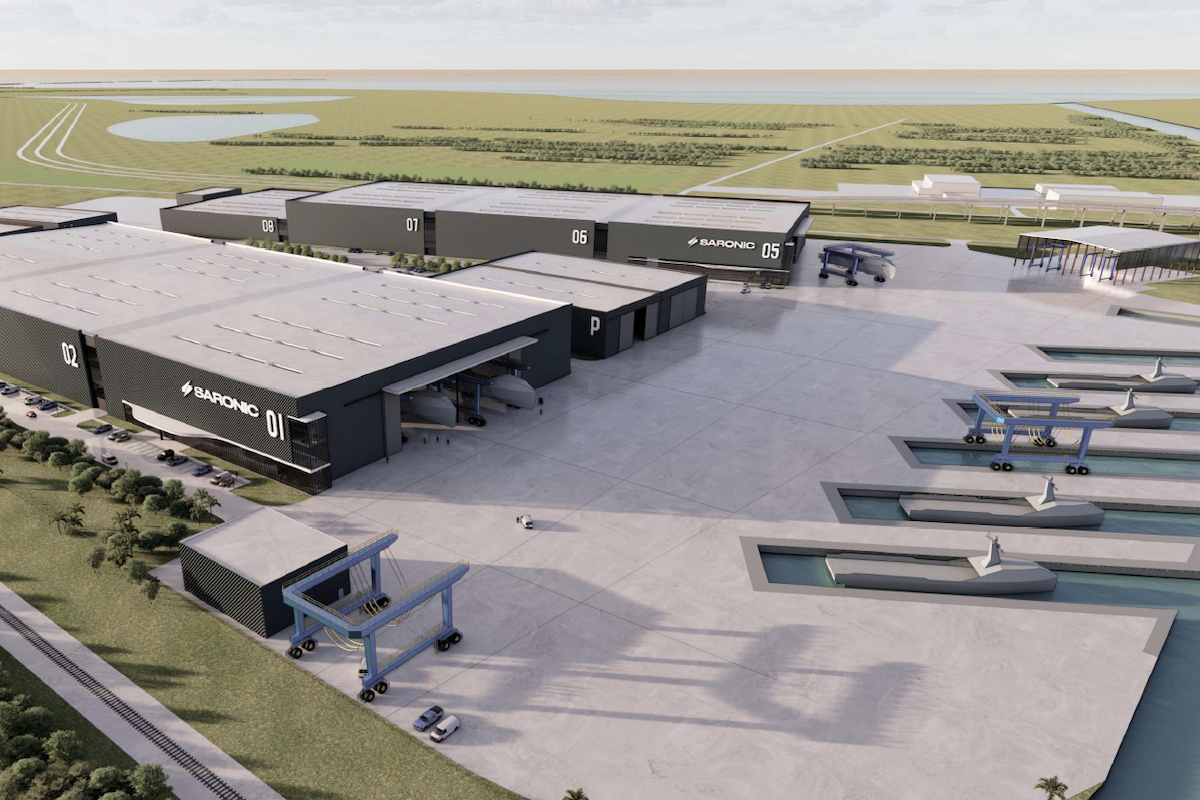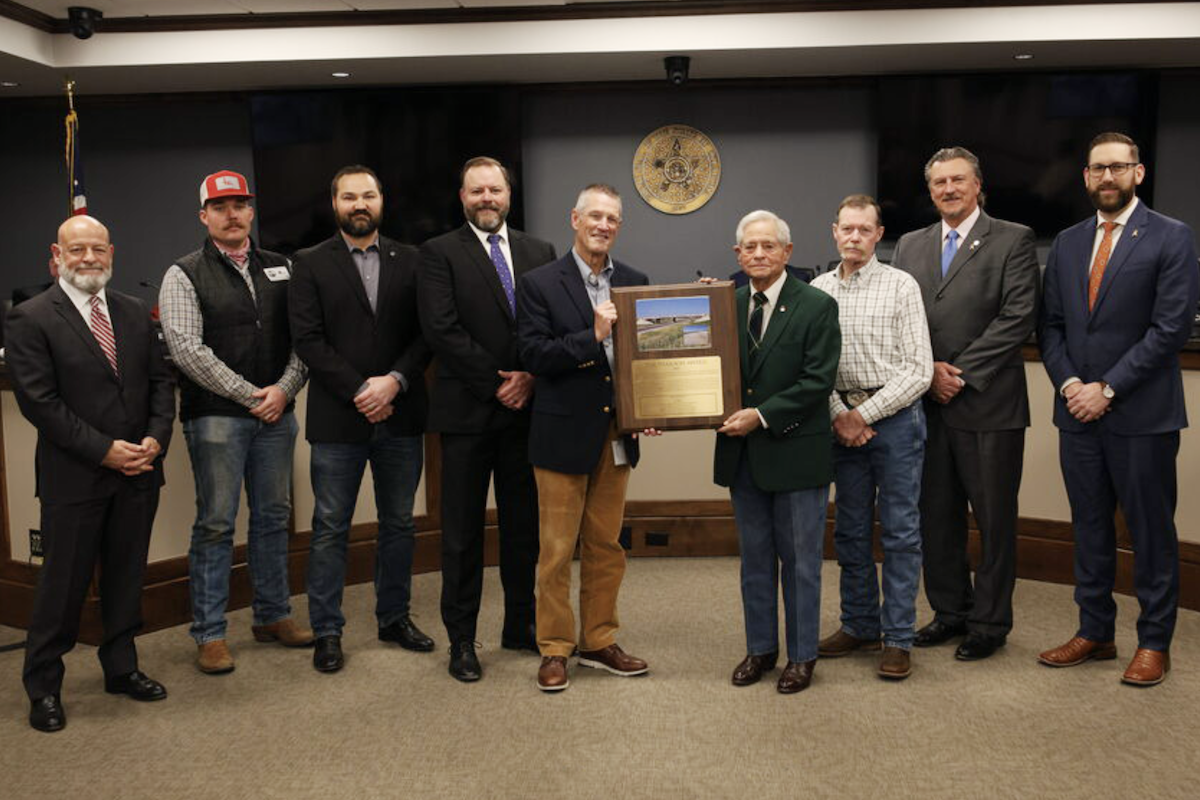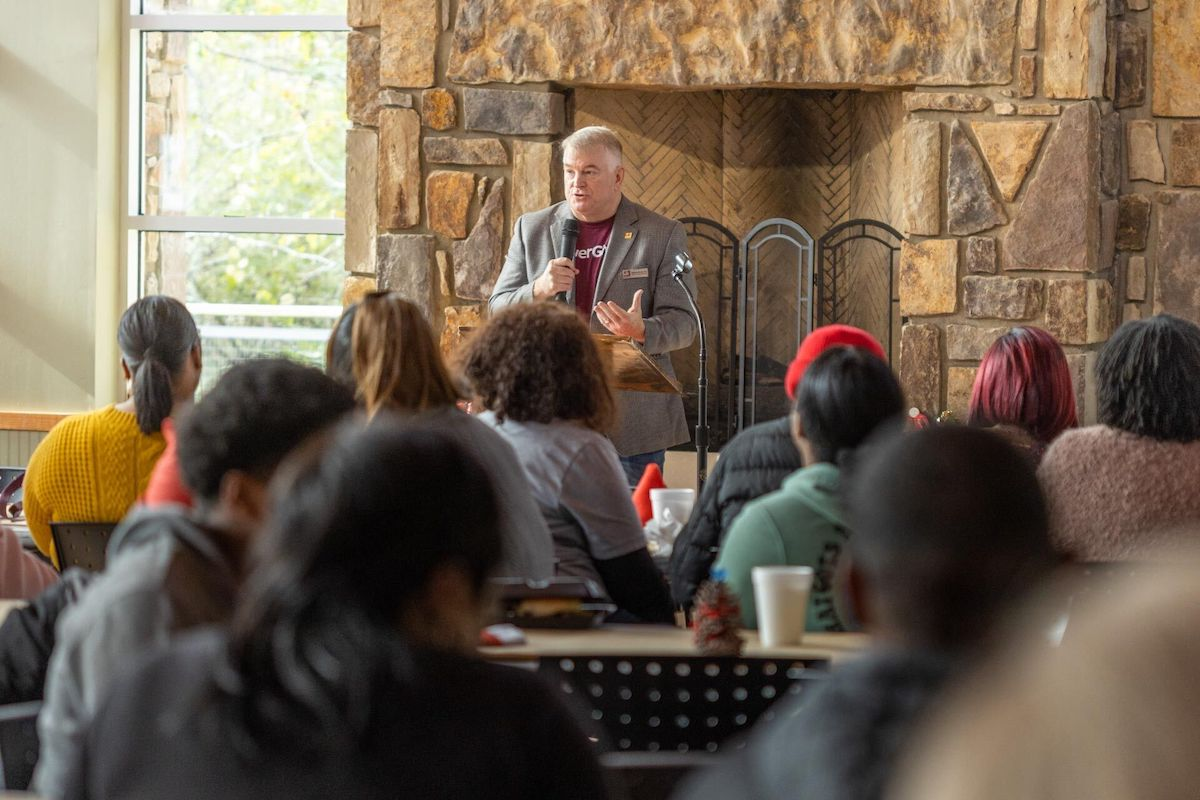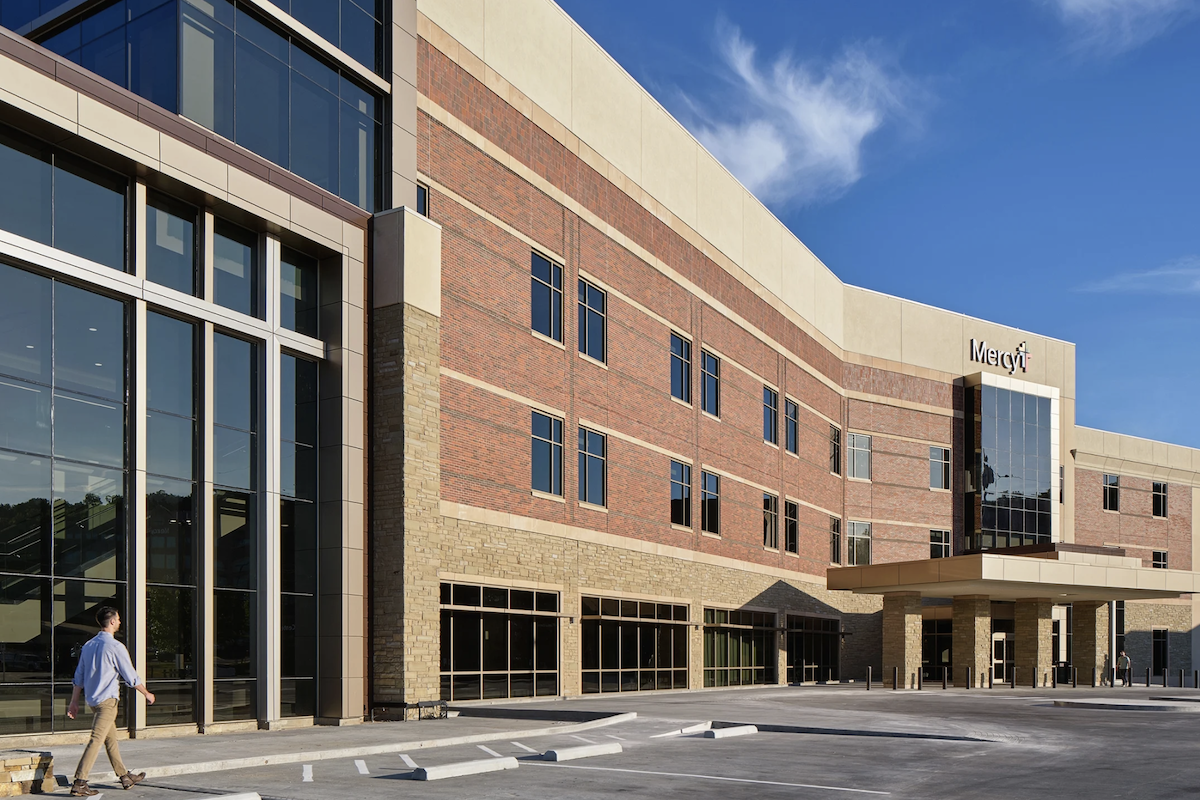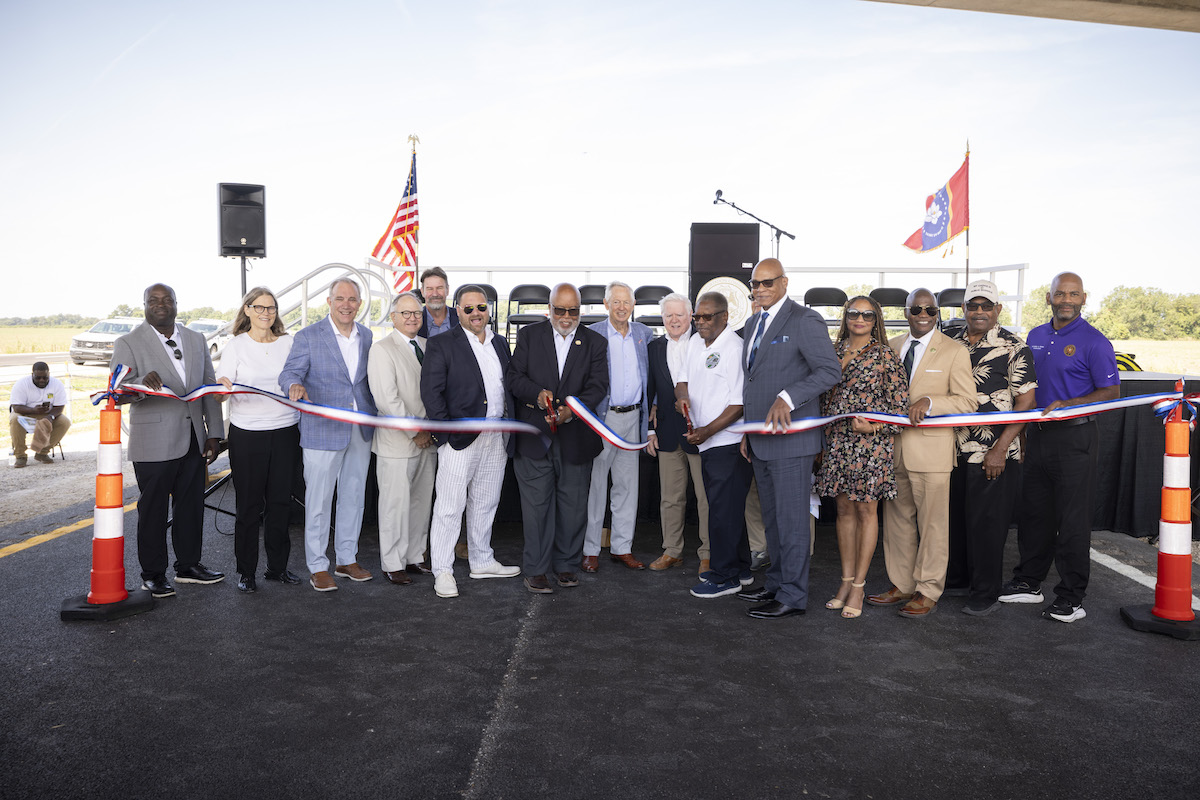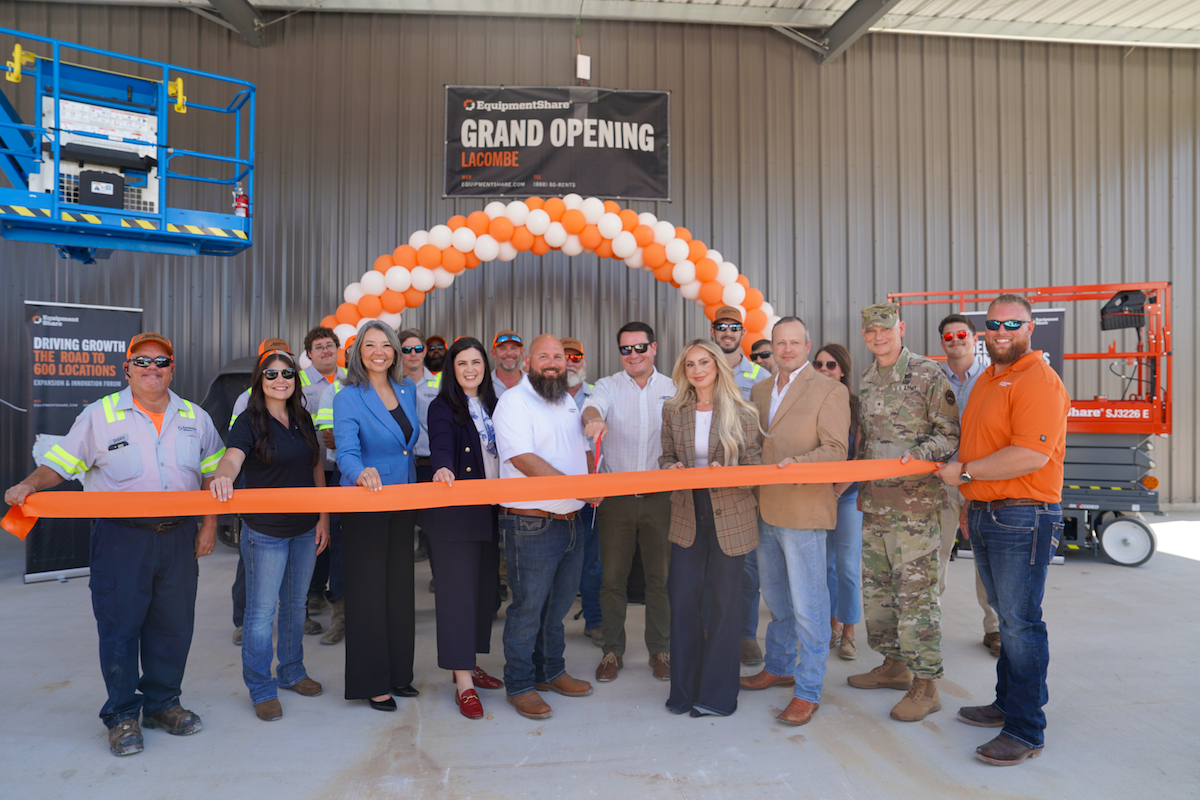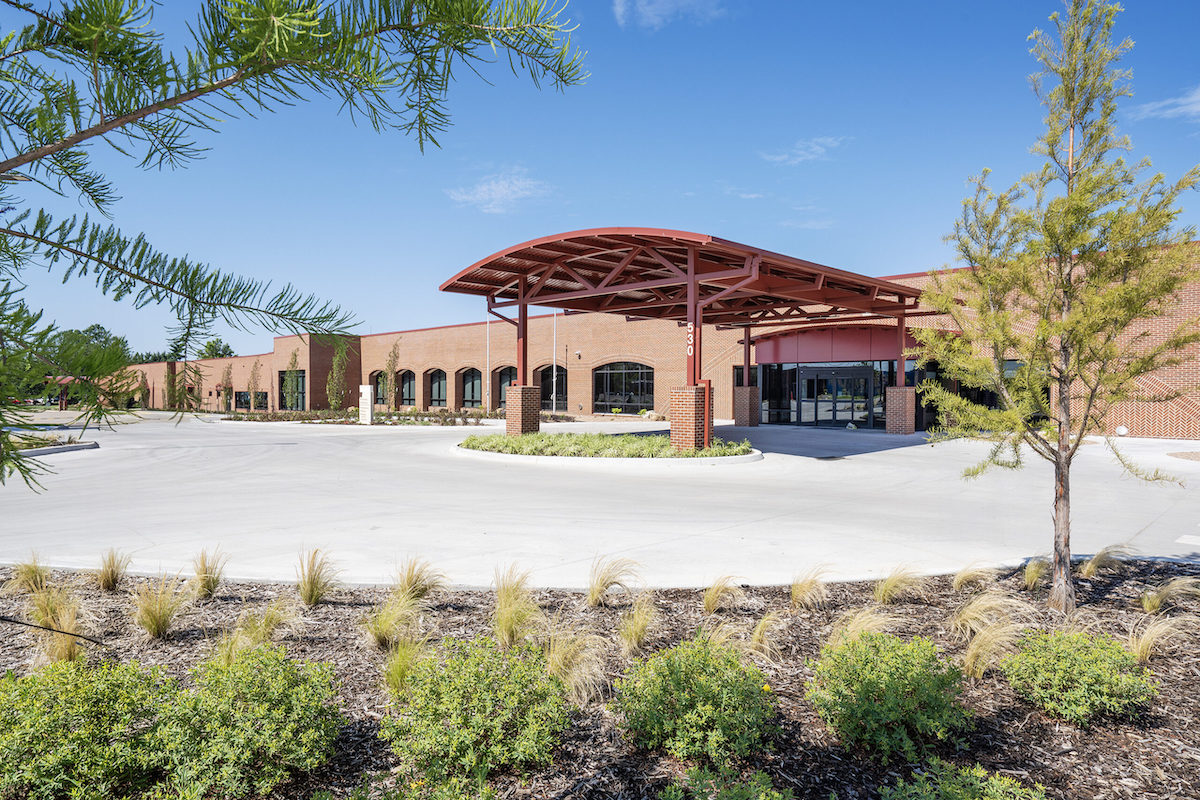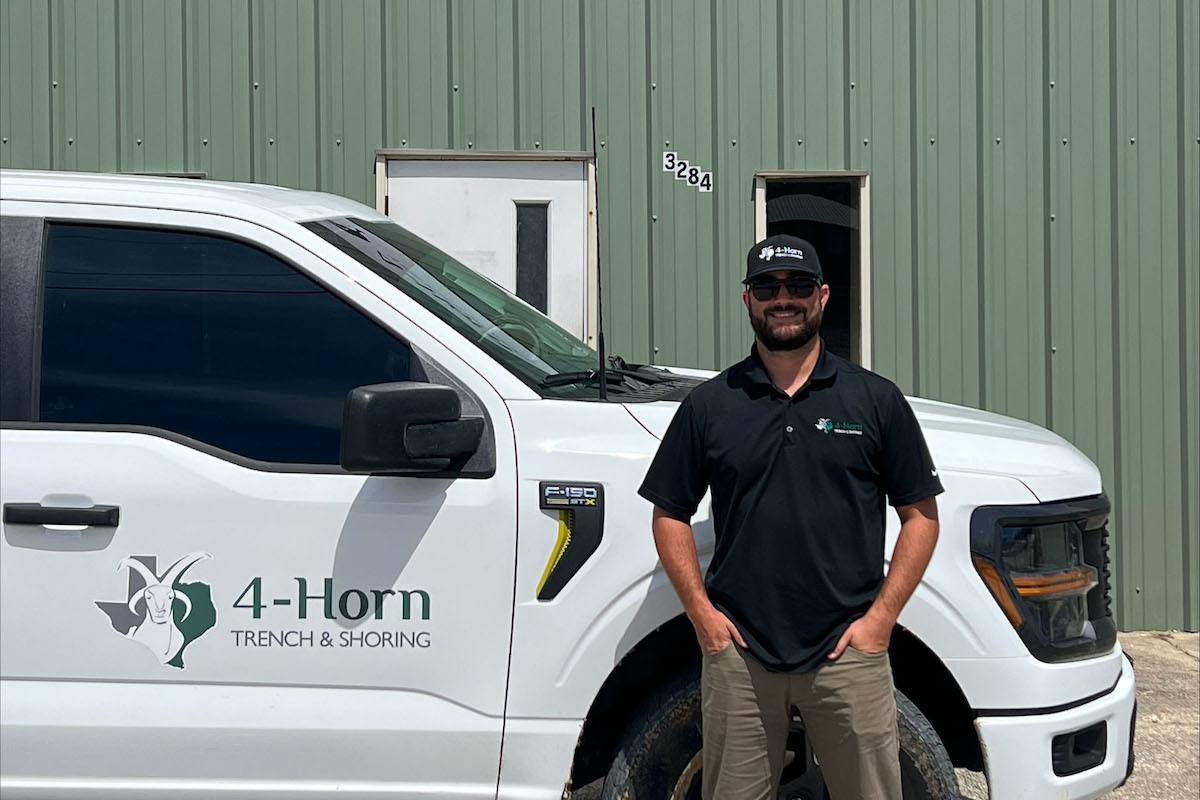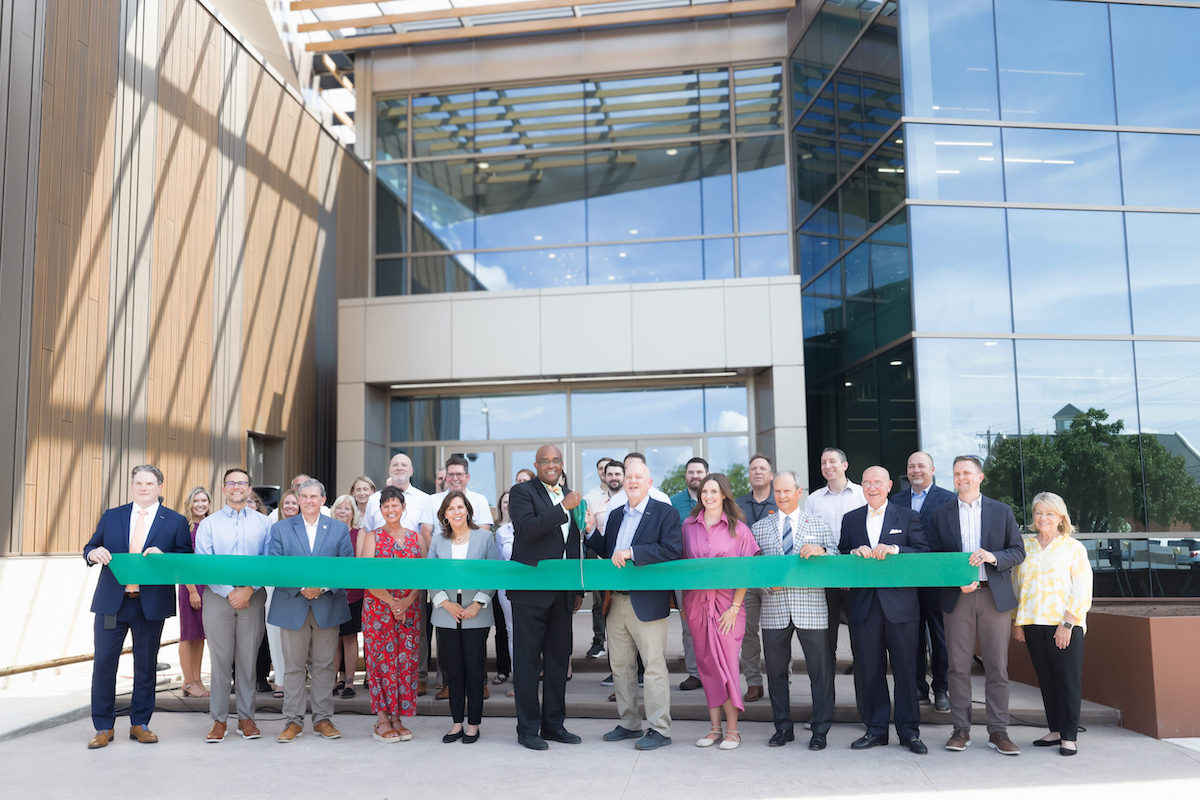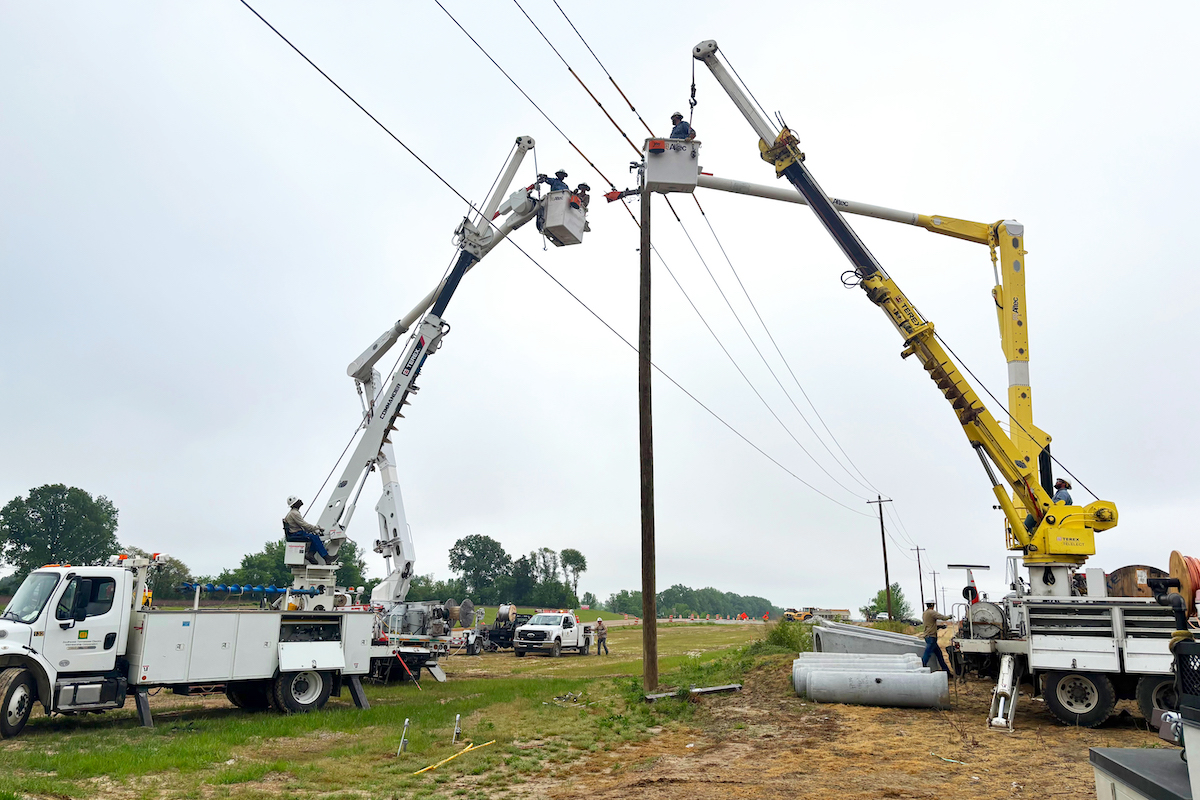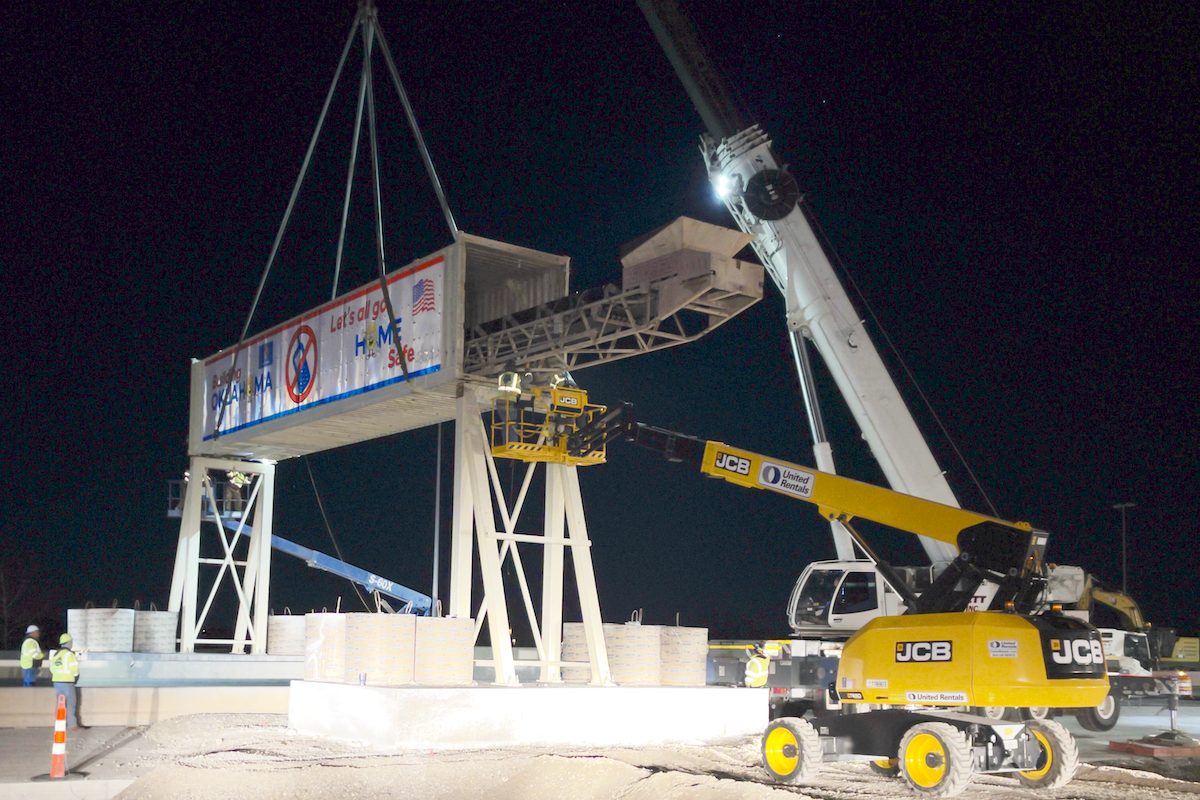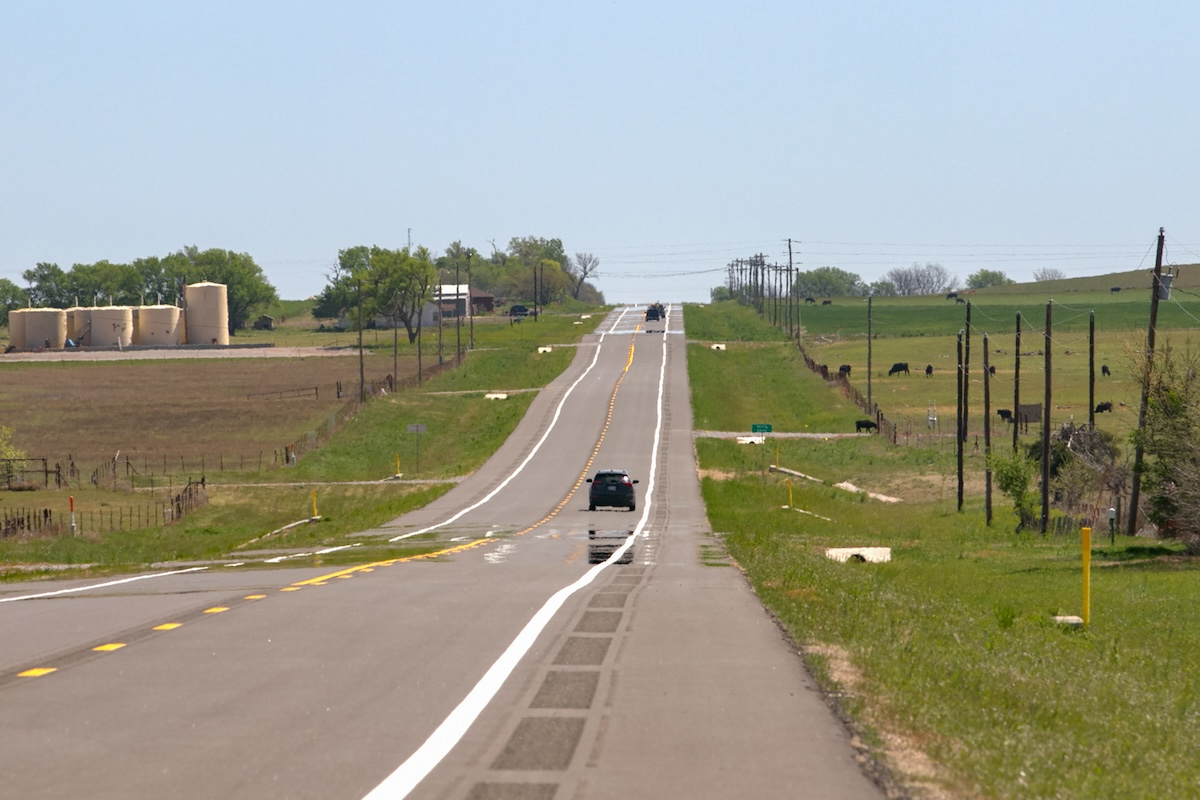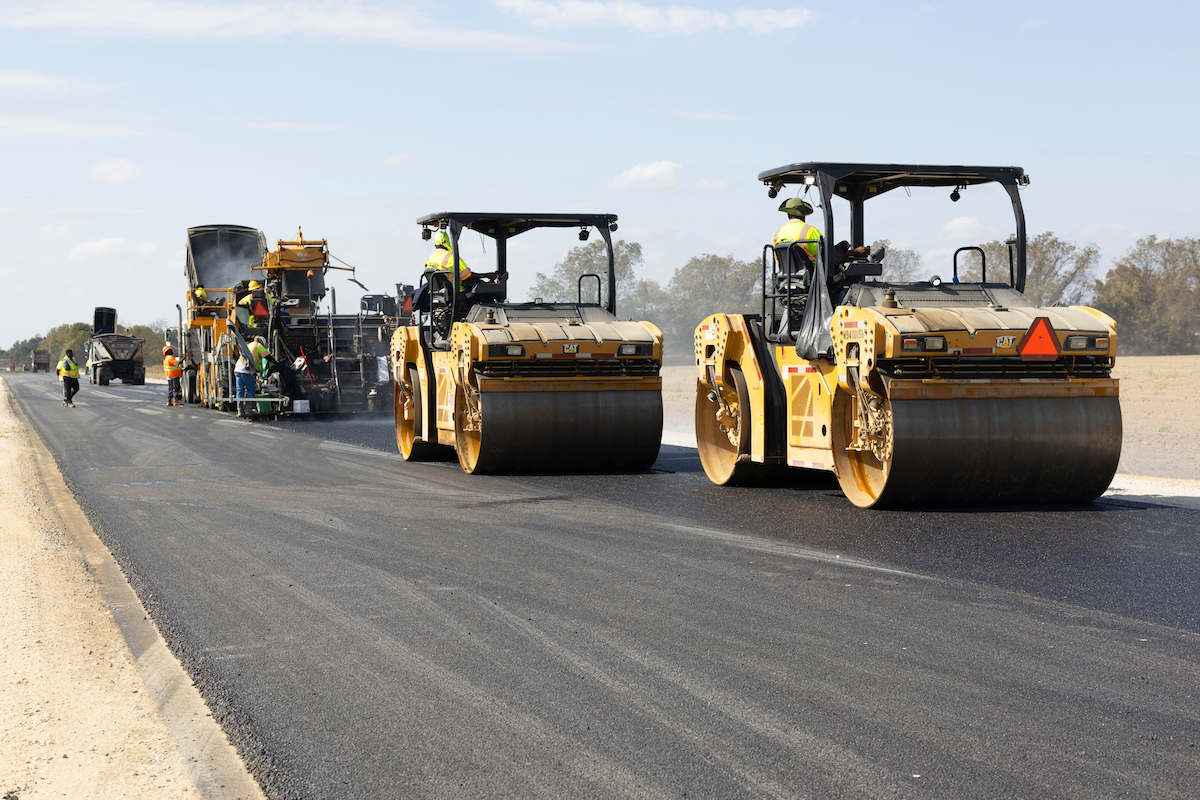While all construction work is anything but a walk in the park, few projects are as demanding as an airport runway reconstruction. The specifications are tight, the pressure to perform is high, and the penalty for delays can be astronomical.
Rifenburg Construction took on those challenges after successfully winning the bid to head up a $46 million overhaul of runway 5/23 and adjacent taxiways at the Buffalo Niagara International Airport (BUF) in Buffalo, New York. Using some of the latest available paving technology for both pre-construction work and the project itself, the company is on track to add BUF to its expanding list of successful airport projects.
The third busiest airport in New York State — and the busiest outside of the metro New York City area — Buffalo Niagara International Airport handled 4.5 million passengers in 2023. To keep up with normal use and the ravages of Buffalo’s winter climate, a regular program of runway and taxiway rehabilitation is in place. According to Kevin Boyle, Rifenburg’s General Superintendent, the current project is a part of that ongoing effort.
“Every five years, most airports in the U.S. do a ‘mill and fill’ in which they just remove a few inches of the runway’s surface and repave it,” he said. “However, about every 20 years, major airports are required to do a full-depth reclamation [FDR] on their active runways, and this is the time for Buffalo Niagara Airport to undergo the FDR on 3,850 feet of runway 5/23, as well [as] work on existing taxiways. We started by having GdB Geospatial, a Rochester, New York, survey specialist, scan the entire existing surface with a Topcon RD-M1 3D Laser Scanner to create a record of existing conditions. Later, they were back on site providing electrical layout support for KOBO Utility Construction, the electrical firm installing the runway lights.”
Work at BUF airport was done in two separate phases. Initial construction, dubbed Work Area A, which was completed after two months of work, consisted of the demolition of existing taxiways, followed by construction of new ones connecting Taxiway A to Runway 5/23.

| Your local Wirtgen America dealer |
|---|
| Kirby-Smith Machinery |
“With Work Area A complete, we immediately moved to Work Area B, which called for the reconstruction of Runway 5/23, starting at the southwest end of the field,” Boyle said. “We had our milling subcontractor, Donegal Construction, mill the 13 inches of asphalt that was the surface of the runway. Rather than do it in several passes, however, they opted to use a concrete drum on each of their three milling machines and mill it all at once, which minimized wear of their equipment. It was pretty impressive to see.”
At the point where the new construction met up with a 200-foot section of the runway not being totally redone, Rifenburg switched from a full-depth milling to profile milling using Topcon Millimeter GPS.
“The reason for the change was to modify the crown from an offset design to one in which the crown is dead center,” Boyle said. “The GPS-based system made that profile effort — milling anywhere from 2 to 10 inches to bring that centerline over — fast and accurate.”
Back on the main part of the runway, Rifenburg called upon subcontractor Pavilion Drainage, who used a Wirtgen CB7000 Guillotine Concrete Breaker to shatter the exposed layer of 10-inch-thick concrete, which was then loaded onto trucks and hauled off for crushing and recycling. Between the milled asphalt, which is being reused as RAP, and the concrete, which will be crushed for reuse, more than 100,000 cubic yards of material from the airport project was recycled.

| Your local Iowa Mold Tooling Co Inc dealer |
|---|
| Nichols Fleet Equipment |
While removal of the existing surface was fairly straightforward, replacement of the subbase and new surface was anything but. The construction team utilized the latest technology to deal with a complex mix of materials and depths, a stringent compaction spec, and the ever-present tight schedule.
“We first used a fleet of dozers equipped with GPS-based machine control to install 10 inches of P-154 subbase followed by an additional 9 inches of P-209 subbase,” said Pete LaFarr, Rifenburg’s General Superintendent. “Each of those materials has to achieve 100 percent compaction before final grade can be nailed down. So we have a heavy concentration of rollers working each layer, which is then checked using a nuclear densometer to verify compaction.”
Rifenburg completed the subbase facet of the job using a motor grader equipped with Topcon Millimeter GPS, to make the finished grade pass.
“We always place material a bit high to ensure that, even after compaction, the grader has something to cut,” LaFarr said. “If it’s low and we have to shim, anything less than 4 inches would have to be re-scarified, material added, recompacted to 100 percent density, and then fine graded again. Staying high eliminates that risk. The accuracies on that subbase’s grade were demanding — about 1/100 of a foot, I believe — but the Topcon solution never failed to get us there.”

| Your local Gomaco dealer |
|---|
| Clark Machinery |
The asphalt replacement facet of the job — a 12-inch-thick deck poured in four lifts — was equally demanding for the Rifenburg team, a challenge that was met, once again using the Millimeter GPS solution.
“As it is with most airports, the specs on this one were extremely tight, but tapping the strengths of Millimeter GPS on our Cat[erpillar] AP1055 Paver made it easy,” said Andy Ambrose, Rifenburg Survey Party Chief. “The sequence is: a 4-inch lift, followed by a 3.5-inch one, then a 2.5-inch top course, and then 2-inch finish layer. Millimeter GPS controlled the first three lifts, then we ran an averaging ski on the top lift to remove any subtle changes there might be and further improve the rideability.”
Even given the intricacies of the paving, Rifenburg was able to keep production levels up.
“We were shooting for 2,900 feet per day — about 800 to 900 feet of runway — and we consistently got that,” Boyle said. “More importantly, however, because of the Millimeter GPS solution, we were nailing the numbers as we went along. That made all the difference.”

| Your local ASV dealer |
|---|
| CLM Equipment Co |
Rifenburg’s Millimeter GPS solution combines GNSS positioning with data from laser transmitters and a machine-based receiver, which decodes the information and establishes a precise, millimeter level, vertical position anywhere on the job site. Ambrose said that there are a number of other important factors that contribute to the success of the Millimeter GPS process, and the first one begins long before they get on site.
“Ensuring that the design or job file in the machine has ‘clean’ contours is critical,” he said. “Without that, we run the risk of getting an inconsistent grade reading. Also, when setting up the laser transmitters — I try to make sure they are no more than 300 to 400 feet apart and from the machine — I first ensure they are calibrated and then check control with my rover to confirm that they are reading accurately. In my opinion, it’s all about the set-up. Consistency drives accuracy.”
During any pave, Ambrose makes periodic checks using a Topcon rover. “Depending on the speed of the machine, I generally check grade every 15 to 20 feet,” he said. “Having the two laser transmitters set up helps eliminate the risk of blind spots, which can make it hard to grade check.”
The final element Ambrose feels can contribute greatly to the success of the project has nothing to do with technology and everything to do with people.

| Your local Hitachi dealer |
|---|
| CLM Equipment Co |
| ASCO Equipment |
“The crew you work with has to have the understanding that we are there for quality and grade control. Without them, it can be a struggle,” he said. “Fortunately, I have an exceptional crew that shares my commitment to getting the tightest grades possible.”
The task of ensuring that all of Rifenburg’s Topcon equipment needs are met (the company also has a pair of Komatsu PC 300 Excavators equipped with the company’s MC-Max machine control) falls to Admar Positioning Solutions, the regional Topcon dealer. According to Chad Gerhart, Admar’s Positioning Support Specialist, they recognized the importance of the airport project for Rifenburg and anticipated their needs.
“On this specific job, with Rifenburg working round the clock, we had [to] be creative with efforts to keep the equipment powered and running,” he said. “We relied on different products such as external batteries for the rovers as well as chargers and spare batteries for the Topcon Field Computers which Rifenburg relies heavily upon. On the machine control side, we coordinated to make sure extra cables and equipment for the Millimeter GPS systems were available and on hand to mitigate the risk of any downtime. In this business, a customer needs to be ready for anything. We try to make sure that’s the case.”
As one might imagine, the penalties for delay on a project of this size are substantial. Having a runway out of service taxes the efficiency of any airport. Despite the tight time constraints — 60 days for Work Area A and an equal time for Work Area B — the incentive to remain on schedule was quite compelling, according to Boyle.

| Your local Wirtgen America dealer |
|---|
| Kirby-Smith Machinery |
“The penalties are based on the cost of impact on the airport’s operation, which is fairly standard on any job of this type,” Boyle said. “In this case, it was $50,000 per day. There is an existing contingency fund that the airport will pull from to allow for rain days, etc., but once that is depleted, the rest is on us as the general contractor. But we were right on track, and that’s due to the excellent work of our subcontractors, the technology we are able to call upon, and the Rifenburg team that comes out here every day to bring it all together. It’s why we win bids to do airport work and why we will no doubt continue to do so.”



















